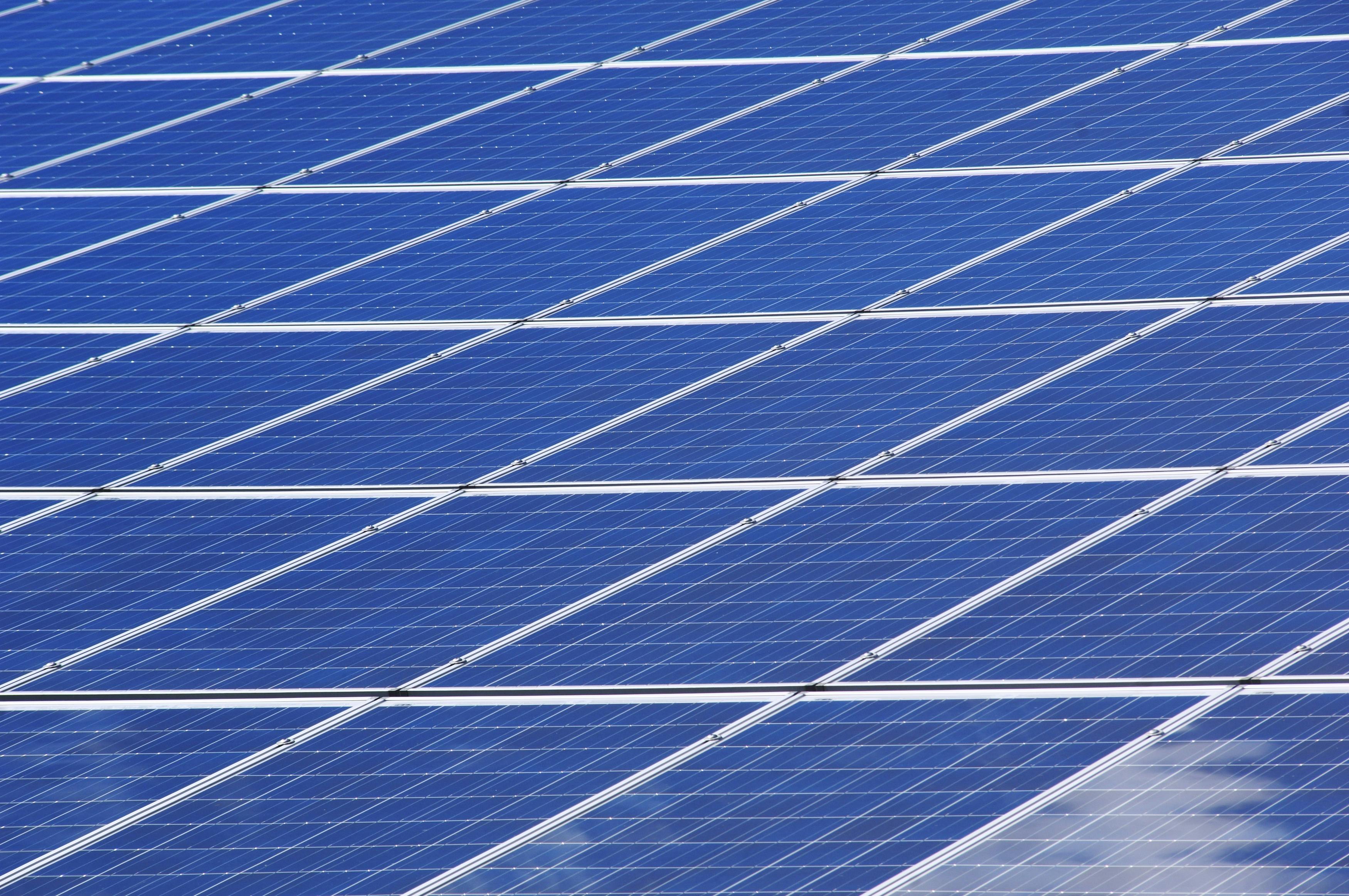How smart devices can help reduce energy consumption at home
Smart home technology has revolutionised the way Australian households manage their energy consumption, offering innovative solutions that combine convenience with environmental responsibility. From intelligent thermostats that learn your preferences to automated lighting systems that respond to natural daylight, these devices are transforming homes into efficient, eco-friendly spaces. With rising energy costs and growing environmental awareness, more homeowners are discovering how smart technology can significantly reduce their carbon footprint while maintaining comfort and functionality throughout their daily routines.

Modern Australian homes are increasingly embracing intelligent technology solutions that deliver both convenience and substantial energy savings. These innovative devices work seamlessly together, creating an interconnected ecosystem that optimises power usage without compromising on comfort or lifestyle quality.
How smart devices can help reduce energy consumption at home
Smart devices operate through sophisticated sensors, machine learning algorithms, and automated scheduling systems that continuously monitor and adjust energy usage patterns. Smart thermostats learn household routines and automatically adjust heating and cooling systems when rooms are unoccupied, potentially reducing energy consumption by up to 15%. Similarly, smart lighting systems use motion sensors and daylight detection to ensure lights operate only when needed, while smart power outlets can eliminate phantom loads by cutting power to devices in standby mode.
These devices communicate through home networks, allowing centralised control and coordinated energy management across multiple systems simultaneously.
Top eco-friendly technologies for sustainable living
Several categories of smart technology lead the sustainability revolution in Australian homes. Solar panel monitoring systems optimise energy generation and storage, while smart water heaters schedule heating cycles during off-peak periods. Smart irrigation controllers analyse weather data and soil moisture levels to minimise water waste in gardens.
Energy monitoring devices provide real-time consumption data, helping homeowners identify energy-hungry appliances and adjust usage patterns accordingly. Smart window treatments automatically adjust to regulate indoor temperatures, reducing reliance on heating and cooling systems throughout seasonal changes.
Benefits of integrating energy-efficient appliances into your home
Integrating smart, energy-efficient appliances delivers multiple advantages beyond reduced utility bills. These devices typically feature advanced insulation, variable-speed motors, and intelligent load sensing that optimises performance while minimising energy waste. Smart refrigerators adjust cooling cycles based on usage patterns, while smart washing machines select optimal water levels and temperatures for different load sizes.
The integration creates a comprehensive home energy management system that learns from usage patterns and continuously improves efficiency over time. Many devices also provide detailed analytics, enabling homeowners to make informed decisions about their energy consumption habits.
Trends in smart home technology for environmental sustainability
Current trends focus on artificial intelligence integration, renewable energy optimisation, and whole-home automation systems. Voice-controlled assistants now coordinate multiple devices for maximum efficiency, while predictive analytics anticipate energy needs based on weather forecasts and household schedules.
Battery storage systems are becoming more sophisticated, storing excess solar energy during peak generation periods for use during evening hours. Smart grid integration allows homes to participate in demand response programs, automatically reducing consumption during peak periods in exchange for reduced electricity rates.
| Device Category | Popular Brands | Key Features | Cost Estimation |
|---|---|---|---|
| Smart Thermostats | Nest, Ecobee, Honeywell | Learning algorithms, remote control, energy reports | $200-$500 |
| Smart Lighting | Philips Hue, LIFX, Sengled | Motion sensors, dimming, colour control | $50-$300 per room |
| Energy Monitors | Sense, Emporia Vue, Efergy | Real-time monitoring, appliance identification | $150-$400 |
| Smart Power Outlets | TP-Link Kasa, Belkin Wemo | Remote control, scheduling, energy tracking | $15-$50 each |
| Solar Monitoring | SolarEdge, Enphase, Fronius | Performance tracking, fault detection | $300-$800 |
Prices, rates, or cost estimates mentioned in this article are based on the latest available information but may change over time. Independent research is advised before making financial decisions.
Tips for choosing and using eco-friendly home devices effectively
Selecting appropriate smart devices requires careful consideration of existing home infrastructure, energy usage patterns, and compatibility requirements. Start with high-impact areas such as heating, cooling, and lighting systems, which typically account for the largest portions of household energy consumption.
Ensure devices support common communication protocols like Wi-Fi, Zigbee, or Z-Wave for seamless integration. Consider devices with Energy Star ratings and look for features like scheduling capabilities, usage reporting, and automatic optimization functions.
Regular software updates and proper configuration are essential for maintaining peak efficiency. Many devices require initial setup periods to learn household patterns, so patience during the first few weeks of operation will yield better long-term results.
Smart home technology represents a practical pathway toward sustainable living, offering Australian households the opportunity to reduce environmental impact while enjoying enhanced comfort and convenience. As these technologies continue advancing, the potential for energy savings and environmental benefits will only increase, making smart devices an increasingly valuable investment for environmentally conscious homeowners.



